How to Generate Leads on LinkedIn: 5 Tips and Best Practices

As an author, you might have overlooked LinkedIn, thinking it's just for job seekers. We aim to prove you wrong.
If you are wondering how to promote your book on LinkedIn and get some traction with sales, here are some tips to get you started.
Main takeaways:
- Transform your LinkedIn profile into a powerful author platform by crafting a distinctive brand voice, customizing your URL and visuals, and creating a compelling narrative in your About section that resonates with your target readers.
- Take advantage of LinkedIn's features to showcase your expertise, share book excerpts, and host engaging events. Build a robust network of industry professionals, potential readers, and influencers to amplify your reach and generate quality leads.
1. Craft Your Author Brand
Before diving into LinkedIn strategies, focus on your author brand. This isn't just about your book—it's about the unique value you offer readers.
For instance, if you've written a self-help book on productivity, your brand might be "Productivity Expert | Helping Busy Professionals Reclaim Their Time."
Your author brand should answer:
- What problems can you solve for your readers?
- Why should they choose you over other experts?
- What's your unique perspective or approach?
a) Nonfiction authors
For nonfiction authors, your brand is closely tied to your expertise. When thinking about how to generate leads on LinkedIn using your book, consider the following:
1. Identify your niche
Be specific about your area of expertise. Instead of "Business Consultant," try "Startup Growth Strategist for Tech Companies."
2. Highlight your credentials
Mention relevant qualifications, experiences, or achievements that set you apart. For example, "Former Google Executive | Speaker | Author of 'Digital Marketing Mastery.'"
3. Showcase your methodology
If you have a unique approach or framework, make it part of your brand. For instance, "Creator of the 5-Step Wealth Building System."
b) Fiction authors
For fiction writers, your brand is more about your writing style, the emotions you evoke, and the experience you provide readers. Here's how to approach it:
1. Define your genre niche
Be specific about the type of stories you tell. Instead of just "Romance Writer," try "Regency Romance Author | Crafting Love Stories in Jane Austen's World."
2. Highlight your writing style
Use evocative language that mirrors your writing. For a thriller author: "Weaving Heart-Pounding Suspense | Keep-You-Up-All-Night Novelist."
3. Connect with reader emotions
Focus on the experience you provide. For example, "Transporting Readers to Magical Realms | Fantasy Novelist and World-Builder."
Once you have clarified your value proposition, it is time to pay closer attention to your profile.
2. Optimize Your LinkedIn Profile
Your LinkedIn profile is your digital book jacket. Here's how to generate leads on LinkedIn as an author by optimizing your profile:
1. Custom URL
Claim a custom URL like linkedin.com/in/YourAuthorName. It's more professional and easier to share.
Here is how to do it:
- Go to your LinkedIn profile. In the upper right-hand corner, click Edit public profile & URL.
- Use your name if available. If not, consider adding "author" or your genre (e.g., linkedin.com/in/JohnSmithAuthor or linkedin.com/in/JaneDoeMysteryWriter).

📌 Why it matters: A custom URL is easier to remember and more professional to include in your email signature or business cards.
2. Banner image
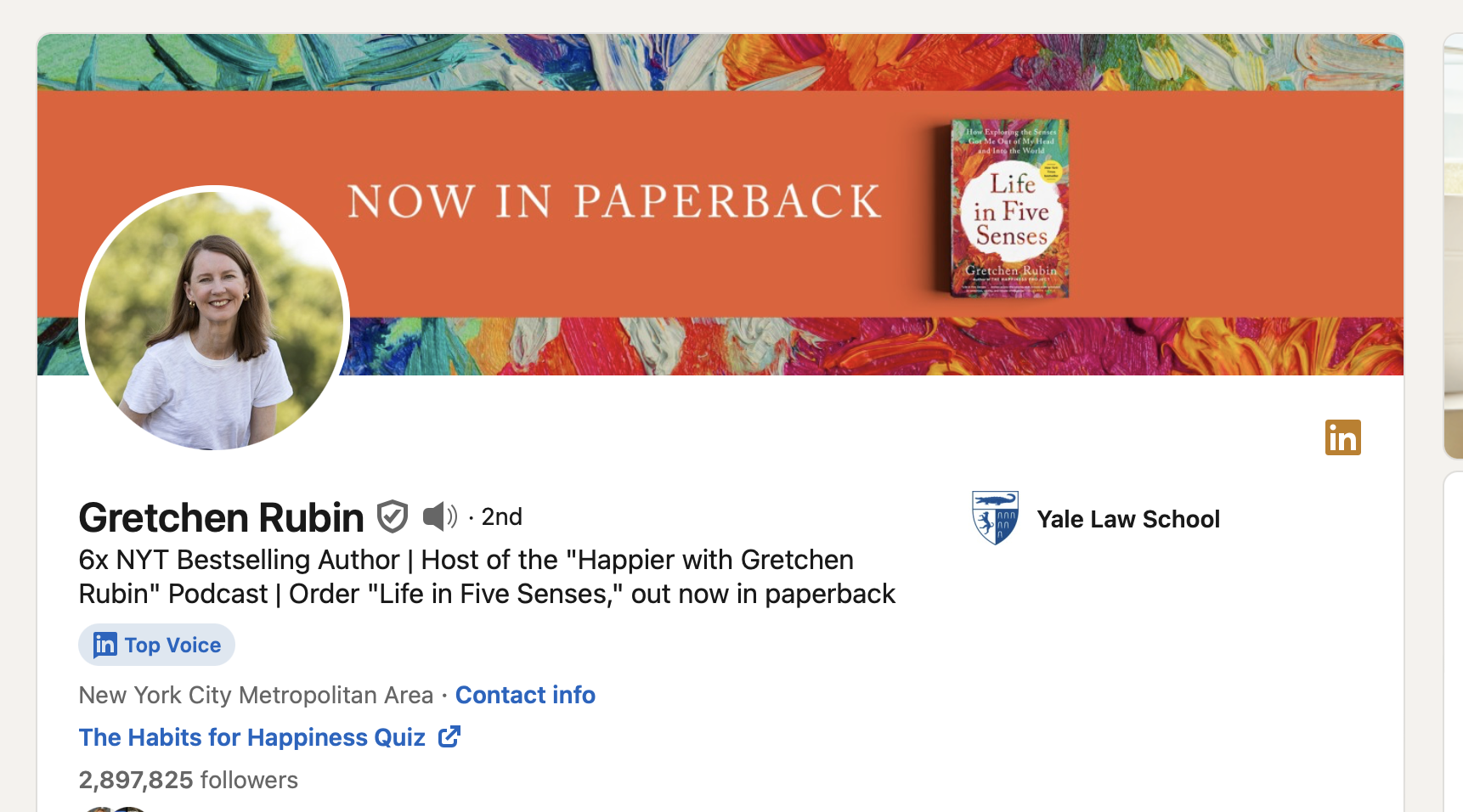
Create a custom banner featuring your book cover, a captivating tagline, and perhaps a professional photo of yourself.
Keep in mind some technical suggestions:
- Size: 1584 pixels wide by 396 pixels high.
- File type: JPG, GIF, or PNG, smaller than 8 MB.
📌 Some extra tips:
- Ensure text is large enough to read on mobile devices.
- Use colors that complement your profile picture and align with your book's cover or author brand.
- Include a clear call-to-action or your website URL.
3. Profile picture
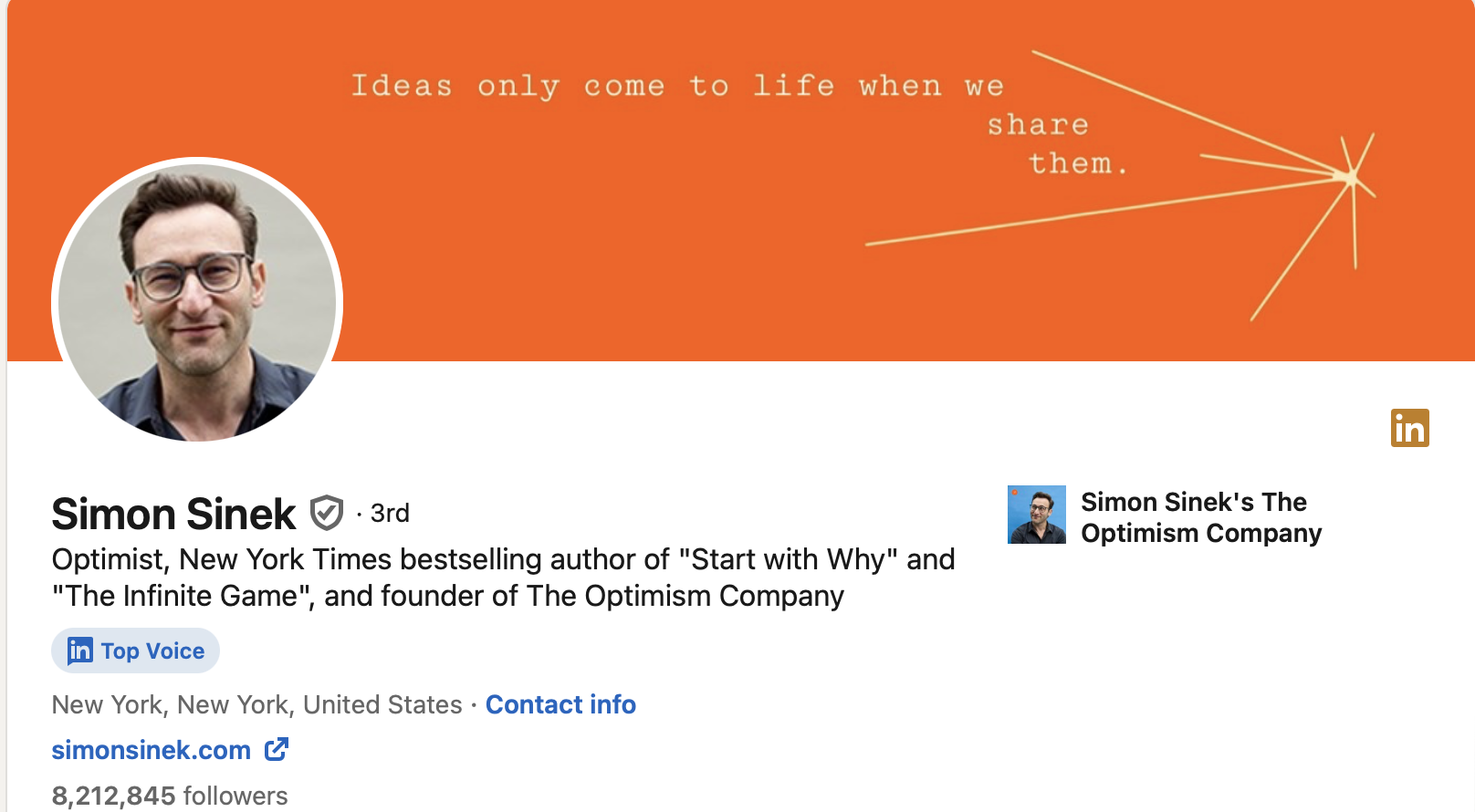
Use a high-quality, professional photo that aligns with your brand. Use a square image, at least 400x400 pixels.
For fiction authors: Your photo can reflect your genre. A thriller writer might use a mysterious, shadowy photo, while a romance author might opt for a warm, approachable image.
For nonfiction authors: A crisp, professional headshot is usually best. Ensure it projects expertise and approachability. To achieve this level of professionalism in your photos, consider using tools like BetterPic for enhancing and refining your images.
📌 Some extra tips:
- Make sure your face takes up about 60% of the frame.
- Use soft, natural lighting.
- Choose a simple background that doesn't distract from your face.
- Dress in a way that aligns with your author brand and genre.
4. Headline
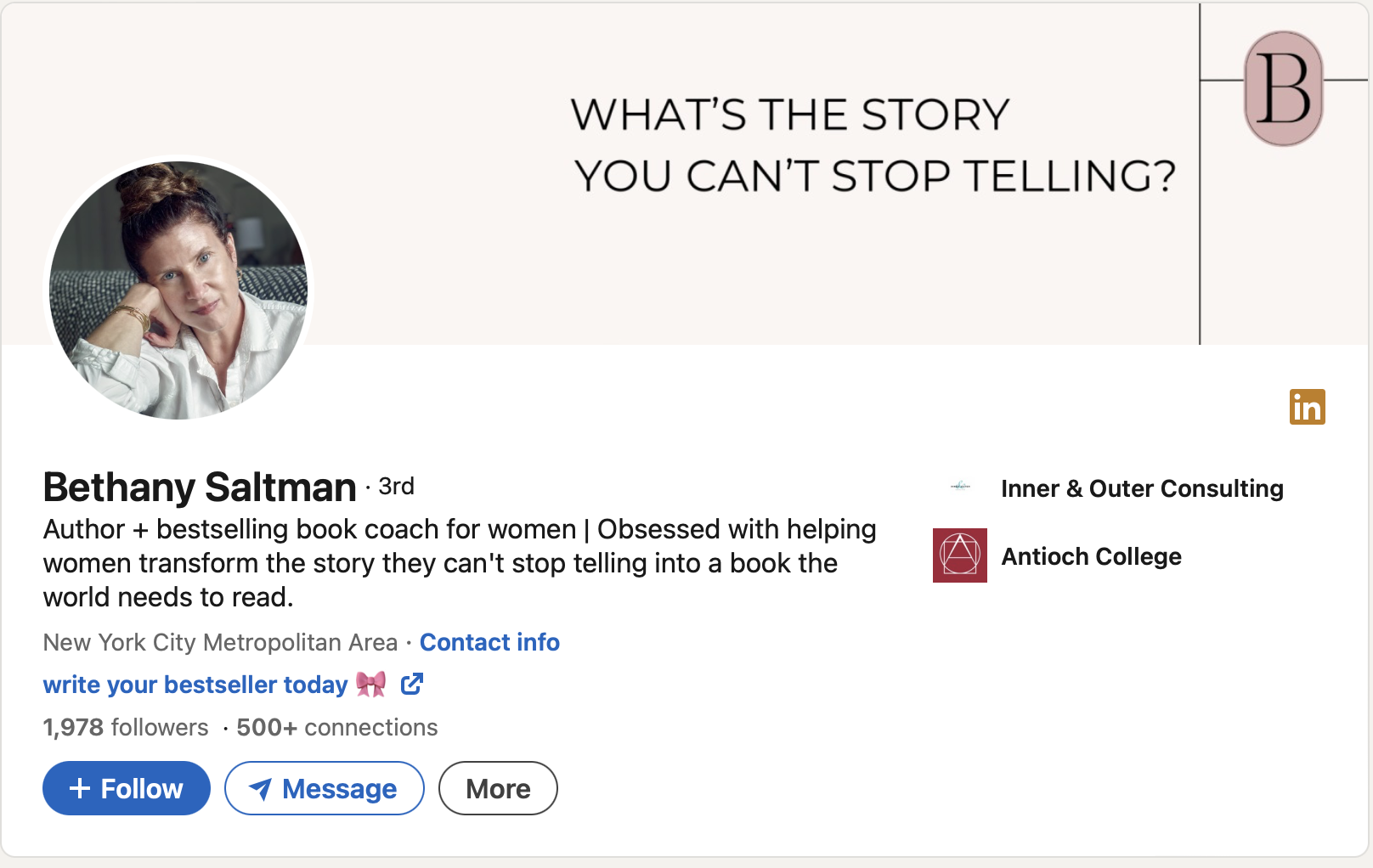
If you're looking at how to generate leads on LinkedIn using your book, craft a clear, compelling headline.
Note there is a character limit of 220 characters (including spaces). Use your space wisely so as to be very clear about who you are and what you bring to the table. You can use the following formula: [Your Role] | [Book Title or Expertise] | [Value Proposition]
Here are some examples that you might find useful:
- "Bestselling Author of 'Financial Freedom 101' | Helping Millennials Master Their Money"
- "Award-Winning Sci-Fi Novelist | Crafting Mind-Bending Adventures in Space"
- "Leadership Expert | Author of 'The Empathy Edge' | Keynote Speaker on Emotional Intelligence"
📌 Some extra tips:
- Use keywords relevant to your book and expertise for better searchability.
- Avoid jargon; be clear and direct about the value you offer.
- Update your headline when you release a new book or achieve a significant milestone.
5. About section
This is your elevator pitch and a key element in how to promote your book on LinkedIn.
To structure your About section effectively, begin with a hook – a thought-provoking question or statement that resonates with your target audience. This immediately engages visitors and encourages them to read on.
Follow this with a brief account of your journey as an author, explaining what led you to write your book(s). This personal touch helps readers connect with you on a deeper level.
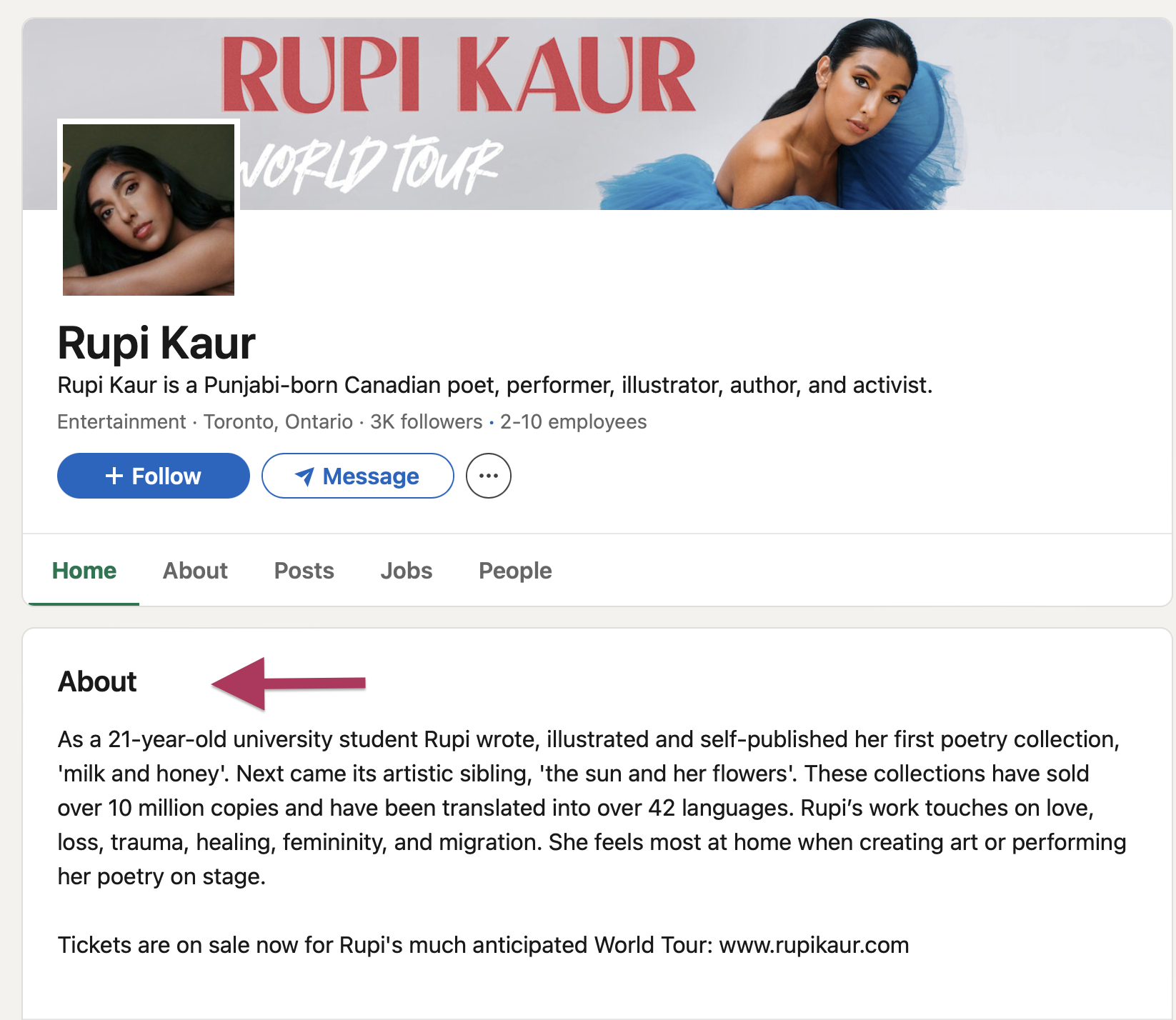
Next, highlight your expertise by showcasing your credentials, achievements, and the unique perspective you bring to your writing. This establishes your authority in your chosen genre or subject matter.
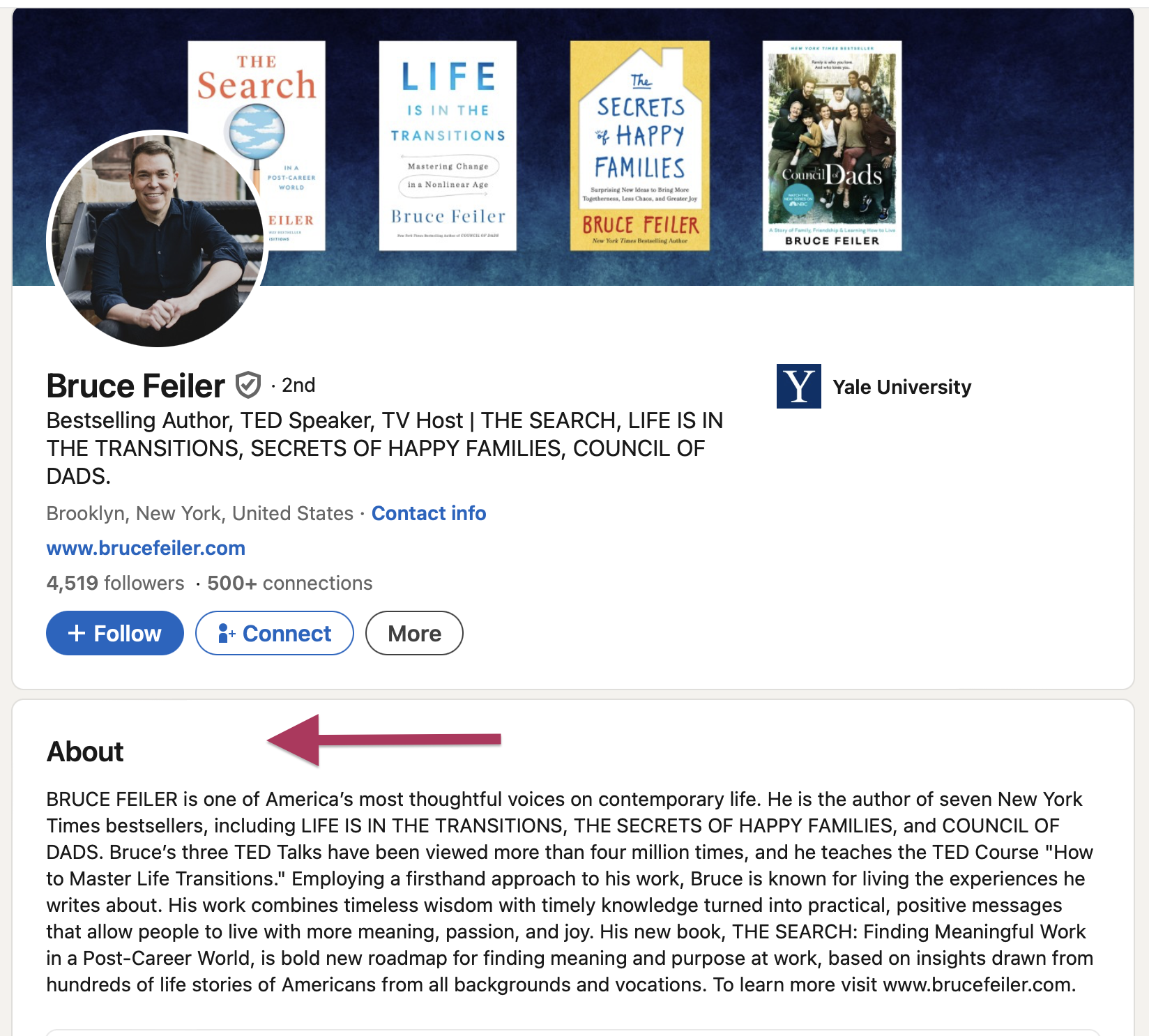
Don't forget to mention your book titles explicitly, along with the core problems they solve or the experiences they offer readers. This is where you can really shine in demonstrating how to generate leads on LinkedIn using your book.
Finally, conclude with a clear call-to-action, guiding profile visitors on what to do next – whether it's checking out your latest book, visiting your website, or signing up for your newsletter.
Remember, it all needs to fit in 2,600 characters (including spaces).
3. Showcase Your Expertise
LinkedIn for writers is all about showing your knowledge and engaging your audience:
1. Write articles
Use LinkedIn's publishing platform to share insights related to your book's topic. For instance, if your book is about sustainable living, write articles on easy, eco-friendly home improvements or the impact of small lifestyle changes.
To make your articles more effective, aim for 1000-2000 words, as this length tends to get optimal engagement on LinkedIn.
Craft a compelling headline that includes keywords relevant to your topic, which will help your article appear in searches. Include a clear, high-quality image at the top of your article to catch the reader's eye.
Pay attention to the overall structure. Add subheadings for easy readability, and always end with a call-to-action. This can be to check out your book or visit your website for more information, which helps drive traffic to your author website.
If you are writing fiction, your articles could be about your research process, character development techniques, or the real-world inspirations behind your stories. This gives readers a behind-the-scenes look at your creative process and can help them feel more connected to your work.
2. Share updates
Post updates about your writing process, book events, or interesting facts related to your book's subject matter.
You might share snippets of your work-in-progress, being careful not to give away too much. Photos from book signings or literary events you attend give followers a glimpse into your author life. Reader testimonials or reviews (with permission) provide social proof and encourage others to check out your book.
Don't be afraid to get interactive – create polls related to your book's themes to encourage engagement from your followers.
Remember to use LinkedIn's various post formats, including text, images, videos, and documents. Video content, in particular, tends to get high engagement.
3. Engage in groups
Start by joining groups where your target readers are likely to be.
- For nonfiction authors, this might be professional groups related to your topic.
- Fiction authors should look for groups dedicated to your genre or to reading in general.
Once you're in these groups, focus on contributing valuable insights to discussions. Don't just promote your book; offer genuine help and expertise. When you do share your articles in group discussions, make sure they genuinely add to the conversation.
4. Get Leads
As an author, your book is your most powerful asset when it comes to generating leads on LinkedIn.
1. Share excerpts
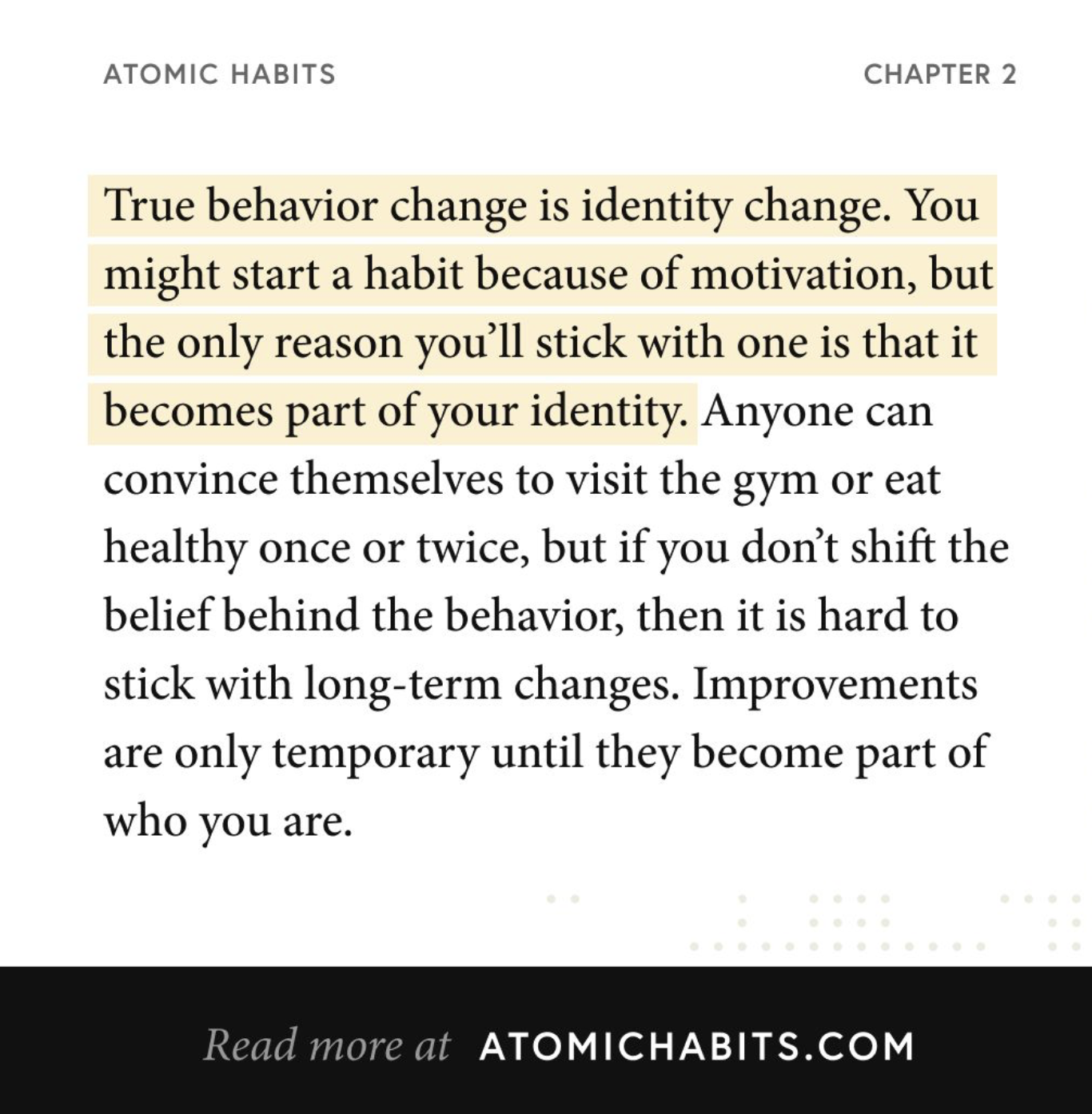
Sharing compelling excerpts from your book is a proven method to generate leads on LinkedIn using your book. Select passages that showcase your writing style and provide valuable insights or intriguing plot points.
📌 Here's how to make the most of this strategy:
- Select passages that stand alone well and leave readers wanting more.
- Use tools like Canva to turn short, impactful quotes into shareable images.
- Share a series of connected excerpts over time to build anticipation.
- Direct readers to where they can learn more or purchase the full book.
2. Host Virtual Events
LinkedIn Live sessions are an excellent way to discuss topics from your book and interact directly with your audience.
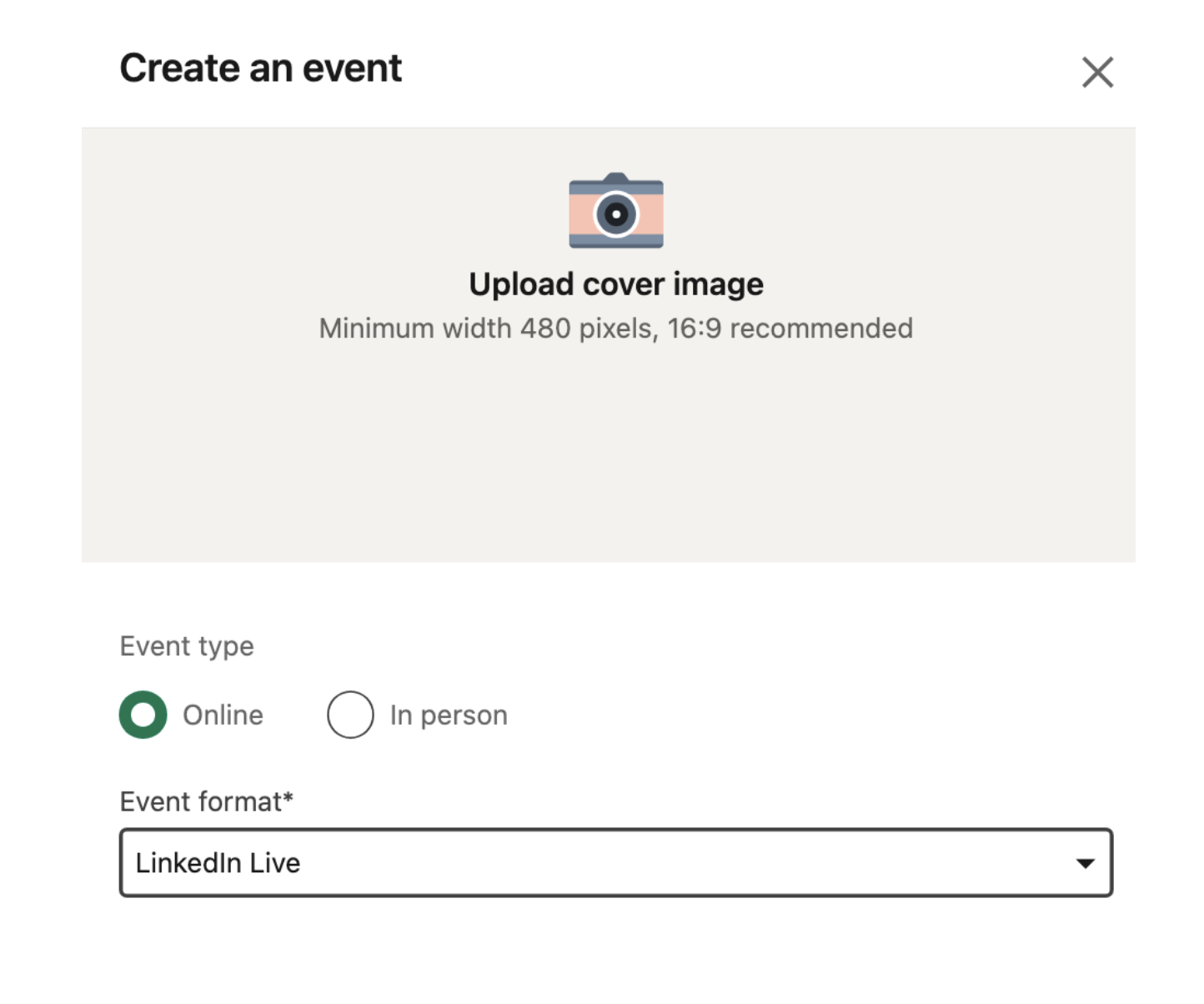
Make your virtual events stand out by:
- Hosting a monthly book club featuring chapters from your book.
- Inviting guests mentioned in your book or experts in related fields for live discussions.
- Allowing your audience to ask questions about your book, writing process, or expertise.
- Performing dramatic readings of key passages, followed by discussion and analysis.
📌 Remember to promote your events in advance and follow up with attendees afterward, perhaps offering exclusive content or discounts on your book.
3. Create irresistible lead magnets
Offering valuable free content in exchange for email addresses is the classic lead generation technique, and it works exceptionally well on LinkedIn.
Things you could offer:
- Free chapters: Offer the first chapter or a specially selected excerpt that hooks readers.
- Companion guides: Create a workbook, cheat sheet, or resource list that complements your book.
- Mini-courses: Develop a short email course that expands on a concept from your book.
- Exclusive interviews: Offer a downloadable interview with yourself or an expert mentioned in your book.
- Bonus content: Provide deleted scenes, character backstories, or expanded research notes.
When promoting your lead magnet:
- Create a dedicated landing page for each offer.
- Use LinkedIn's various post formats to promote your lead magnet, including articles, updates, and even SlideShare presentations.
- Consider using LinkedIn's advertising platform to reach a wider audience with your offer.
4. Do LinkedIn-exclusive content
Take your lead generation efforts a step further by creating content upgrades specifically for LinkedIn:
- LinkedIn-exclusive bonus chapter: Write a special chapter or case study available only to your LinkedIn connections.
- Private LinkedIn group access: Offer membership to an exclusive LinkedIn group where you provide additional insights and networking opportunities.
- LinkedIn Live Q&A priority: Give those who sign up priority for asking questions in your live sessions.
5. Network Strategically
How to promote your book on LinkedIn? Expand your network.
1. Professionals
Start by connecting with industry professionals who can help amplify your reach and lend credibility to your work.
Seek out literary agents who specialize in your genre – their connections can be invaluable for future projects. Look for publishers, especially those who have released books similar to yours, as they might be interested in your future works or could provide valuable insights into the industry.
Fellow authors in your genre can become powerful allies; consider reaching out to those at a similar career stage as well as more established writers. When connecting with these professionals, personalize your invitation message, mentioning a specific aspect of their work that you admire or a common interest you share.
2. Readers
Engaging with readers is another strategy for generating leads on LinkedIn as an author.
- Identify LinkedIn groups and hashtags related to your book's topic or genre and actively participate in discussions.
- When you comment on posts, focus on adding value, not your book. Share your expertise, offer unique perspectives, and ask thought-provoking questions.
3. Influencers
Seek out influencers whose audience aligns with your target readership. Engage with their content regularly before proposing a collaboration. When you're ready to reach out, suggest mutually beneficial partnership ideas. This could include writing guest posts for each other's blogs, co-hosting a LinkedIn Live session, or creating a joint lead magnet that combines your expertise.
Book reviews from influencers can be particularly powerful – consider offering a free copy of your book in exchange for an honest review posted on LinkedIn. Joint content creation, such as a series of articles or a webinar, can expose you to the influencer's audience while providing them with fresh, valuable content.
Why LinkedIn for Writers?
For nonfiction writers, LinkedIn is the perfect stage for showcasing expertise. Your book might teach a skill, and LinkedIn is the perfect platform to demonstrate your authority on the subject.
Fiction authors can showcase their writing journey, share insights into their creative process, and engage with a community of book lovers and industry insiders. You can use the platform to announce new releases, share snippets of your work, or discuss the themes and inspirations behind your novels.
📌 Remember, even as a fiction author, you're running a business. LinkedIn can help you present a professional image to agents, publishers, and readers alike.
Conclusion
LinkedIn offers a platform to connect with professionals, engage with readers, and grow your author business. To succeed, focus on consistency and authenticity. Regularly interact with your network, provide valuable content, and let your unique voice shine through.